Research indicates that enhanced situational awareness helps emergency responders more efficiently and safely perform their duties. As terms like “big data” enter the public safety industry, what does this mean for first responders and how can it affect situational awareness? What kind of information can responders gain from digital technology, and which information sources are relevant for response?
In the following article, we will explore what modern situational awareness looks like and how the industry is changing the way responders can access and process mission-critical data.
The Scoop on Modern Situational Awareness
At its core, situational awareness is real-time knowledge about what is happening at a given moment. Much of that today relies on staying aware of your surroundings and identifying potential hazards or threats.
In many cases, a responder’s eyes and ears are still the main sources providing key sensory data about the situation. However, there are also many digital and technological tools providing a wider scope of information.
Often, what we see in front of us is not the full picture. For instance, performing a size-up provides a quick look at the situation, but it doesn’t tell responders everything they need to know. Lack of daylight, bad weather conditions, and significant smog or smoke can greatly limit visibility at the scene of an incident. With these factors, it can be hard to make out key hazards that could affect response, such as solar panels or swimming pools.
Several departments are now utilizing a combination of physical and digital sources in their situational awareness process. Many digital tools can collaborate with an agency’s dispatch center or records management system to learn additional information about the incident location.
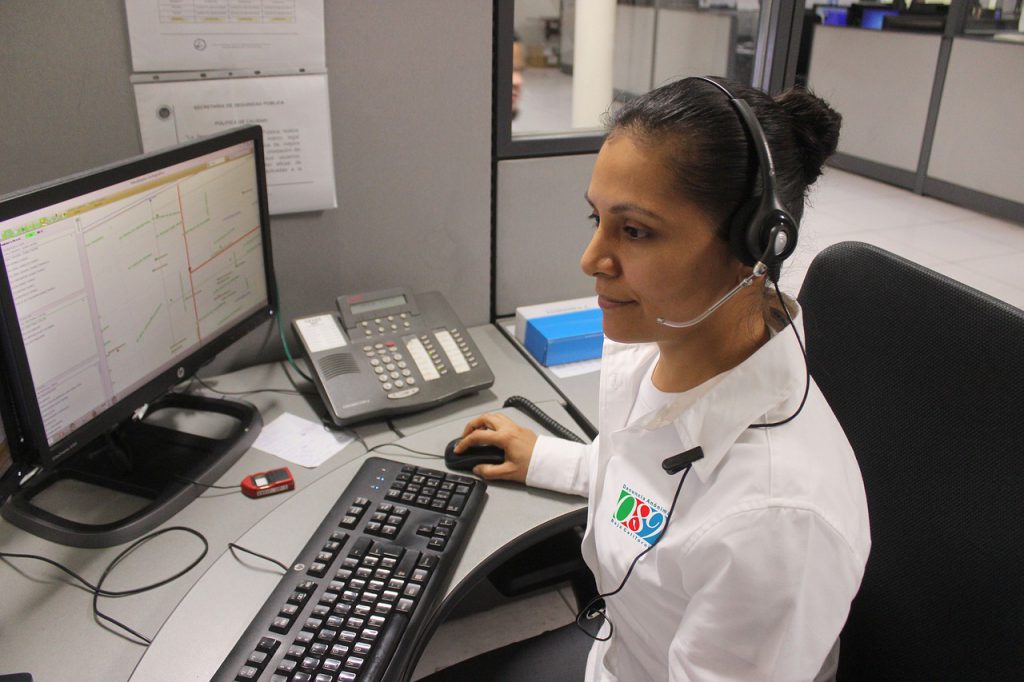
For example, integration to an RMS or similar database gives responders more details about the structure including floor plans and incident pre-plans. For instance, knowing the location of standpipes, Knox boxes, and fire alarm panels can greatly affect response strategies.
Access to pre-plans can also alert responders to other potential hazards such as chemical materials stored on site. The data combined with the information available at the scene gives responders improved situational awareness and a better understanding of how to approach the incident. With more accessible information, responders can even begin to create an incident action plan before they arrive on scene.
While using this combination of digital and real-world information sources is on the rise, several other key trends are changing how we see situational awareness in the public safety industry.
Trends on the Rise – Displaying Relevant Data
Overwhelmingly, technology providers are working with departments to determine what kind of information they provide, and how responders can access it. In the heat of an emergency, it is not access to the most information that will help develop situational awareness, but access to the right information. Providing responders with extraneous documents can overwhelm them in the heat of a response, especially since so many other activities are taking place during the first few minutes of response.
As noted public safety speaker and decision-making expert Richard Gasaway states on the relationship between technology and situational awareness, “What a responder needs is not MORE information, but a way to quickly filter information to ensure a small amount of the most IMPORTANT information is at the decision maker’s fingertips.”
One way that technology providers are working to provide relevant information to first responders is through their interface. Many creators of mobile data terminal software, Adashi included, frequently interview current first responders on what data is most helpful to them during the response and at an incident.
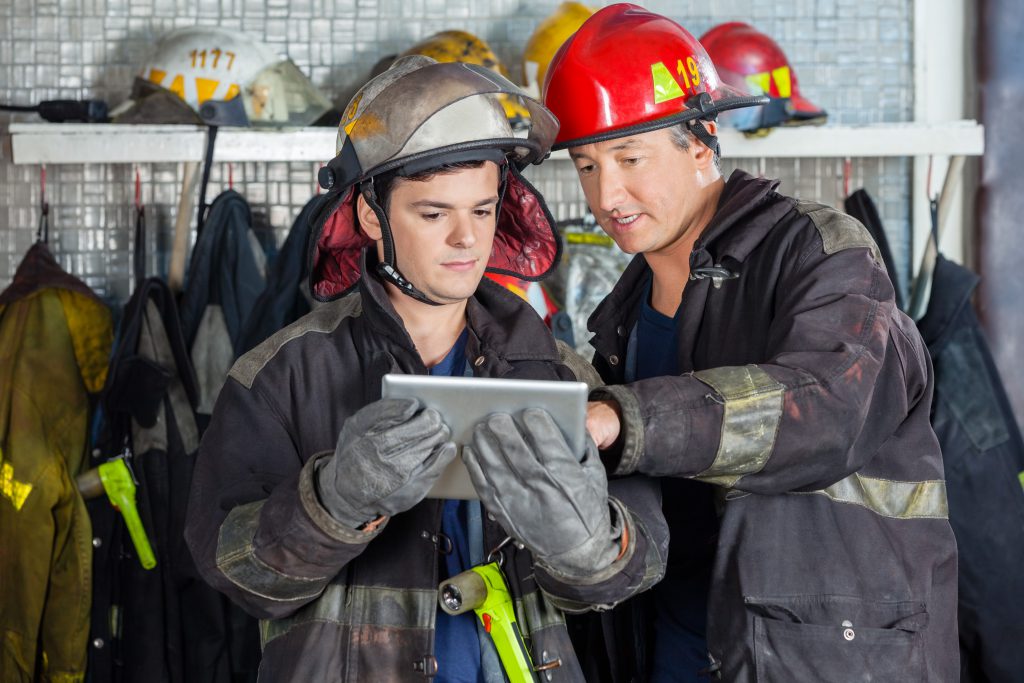
Various software vendors are designing their interfaces with these needs in mind. Now, many providers strive to create products that keep relevant data clear and easily accessible on a main dashboard while making sure that other non-critical data is still ready for use when needed.
Increasingly, different public safety agencies are also employing technology specifically designed for their needs. In recent years, we have seen a shift away from fire departments using MDTs designed for police. With devices created with their precise requirements in mind, responders can ensure they have access to data that informs decision-making and improves situational awareness.
By working with responders to determine which info is most significant, providers can ensure that emergency services staff have relevant data without being overwhelmed by superfluous information.
Access to Data En Route
Another aspect changing the nature of situational awareness is where responders can access information.
In the past, staff could not create a detailed picture of the incident until they are on-scene. Now, many technological devices allow responders to learn key information while they are en route to the incident. With more agencies using MDTs and smartphone applications, fire, police, and EMS can access key information from their vehicles and other locations.
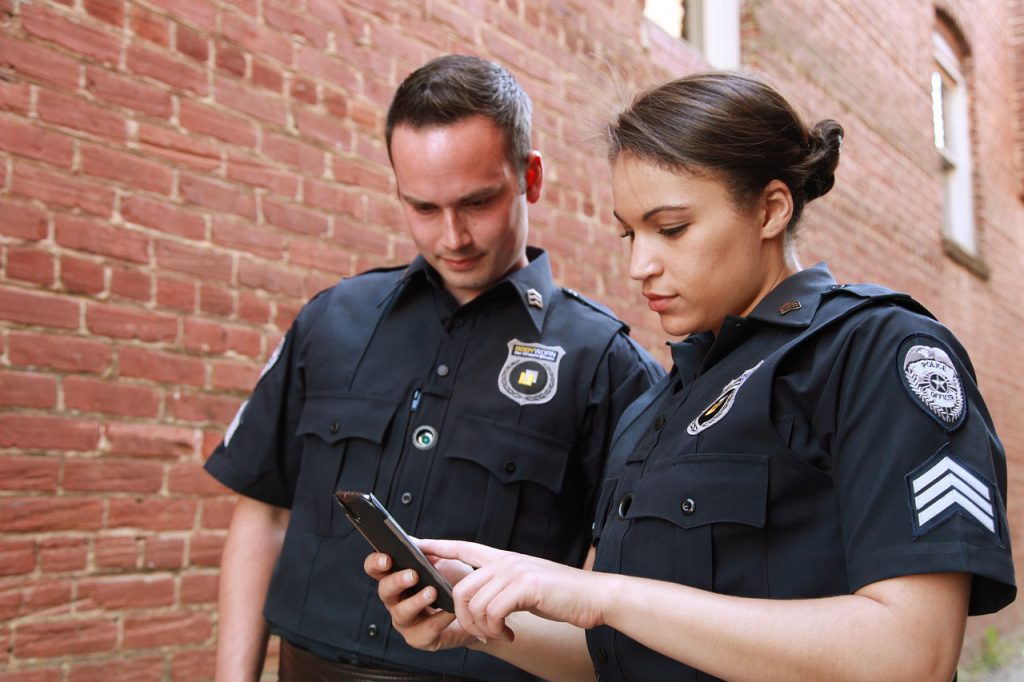
With aerial views, maps, and key documents, responders can start preparing for the situation at hand before they even arrive. The journey of developing situational awareness begins sooner. While responders won’t have the full dept of information until arrival, they can begin to create a picture of what they will be handling.
In addition, incident command staff have the tools to begin developing their tactical strategy ahead of time. When a threat is known in advance, commanders’ decision-making can take these dangers into account.
Real-Time Communication
A core point in emergency services training is the knowledge that developing situational awareness is an ongoing process.
As the incident grows or changes, staff must reassess their initial size-up of the scene. Real-time communication is a key tool to maintaining awareness of your surroundings throughout the lifecycle of an incident.
Many technological tools are also working to improve on-scene communication. For instance, mission-critical software allows responders to share and receive information even in areas where radios and mobile phone access is unreliable. This allows staff to collaborate at an incident scene and ensure that everyone is on the same page.
With better emergency communication systems in place, public safety staff can easily take in and process information from dispatch and other sources. With real-time updates, they can alter their situational awareness as needed to accommodate new data.
Now, responders can develop and expand their situational awareness with to-the-minute information, allowing for a more informed and precise response.
Ultimately, situational awareness cannot be created by any one factor, technology included. But, public safety personnel can use a variety of different resources and tools to develop and maintain situational awareness at an incident. More than ever before, responders can access diverse and relevant information to help them plan tactical strategy for the situations they’re up against.
The trends outlined above are just a few ways that situational awareness and how we think of it are shifting in the modern mindset. As incidents grow in complexity and scope, we imagine that our definition of situational awareness and how to best develop it will continue to change as well.
If you enjoyed this article, check out some of our related posts:
What Maydays Teach Us About Fire Ground Strategies
How Public Safety Solutions Protect First Responders from 5 Common Hazards
To learn how Adashi’s software boosts situational awareness both during response and at the scene of an incident, contact us for a free product demonstration.

Sanjay Kalasa is the president of Adashi. He is also a current active volunteer firefighter/EMT at the Rockville Volunteer Fire Department in Maryland.
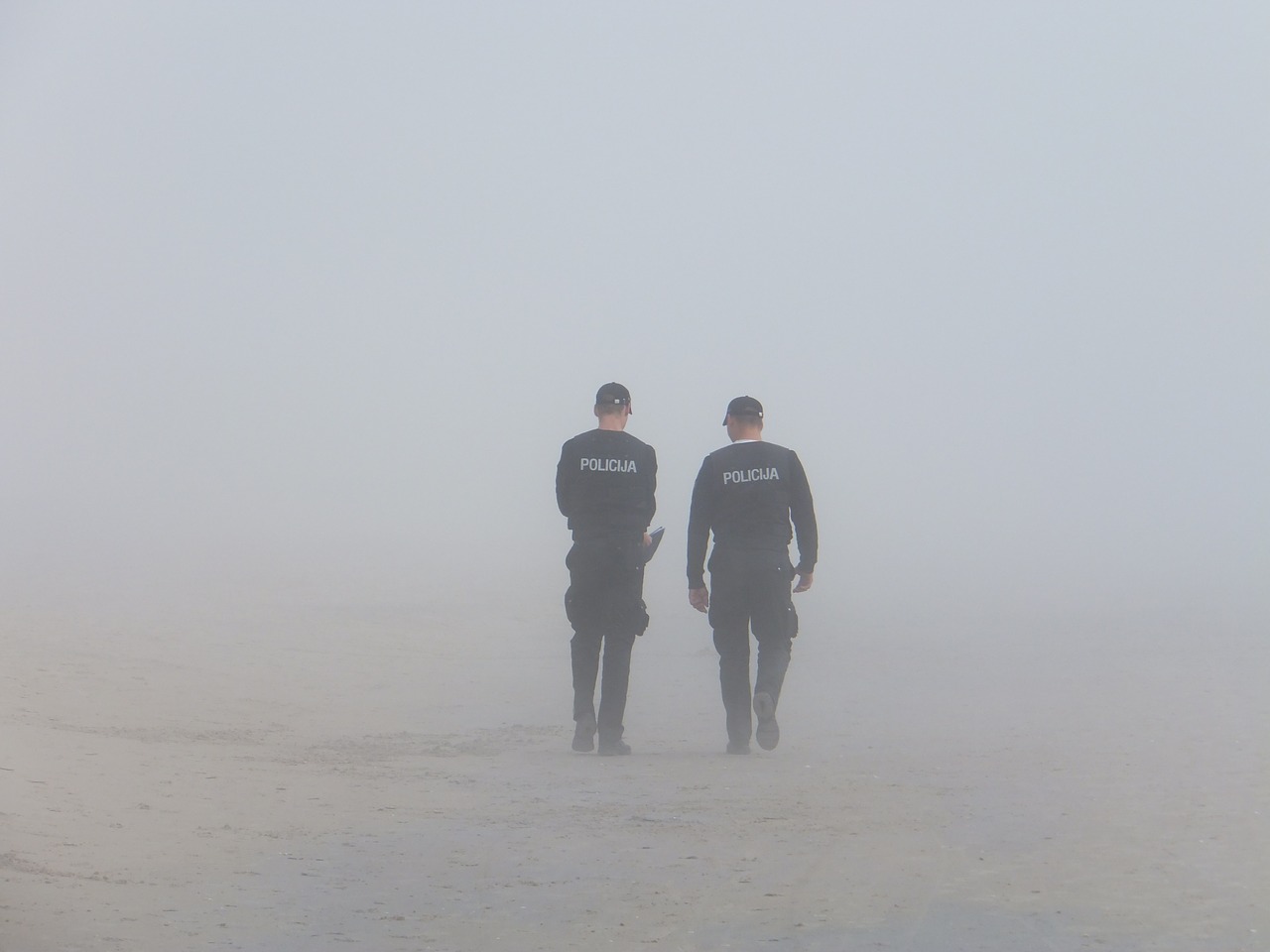
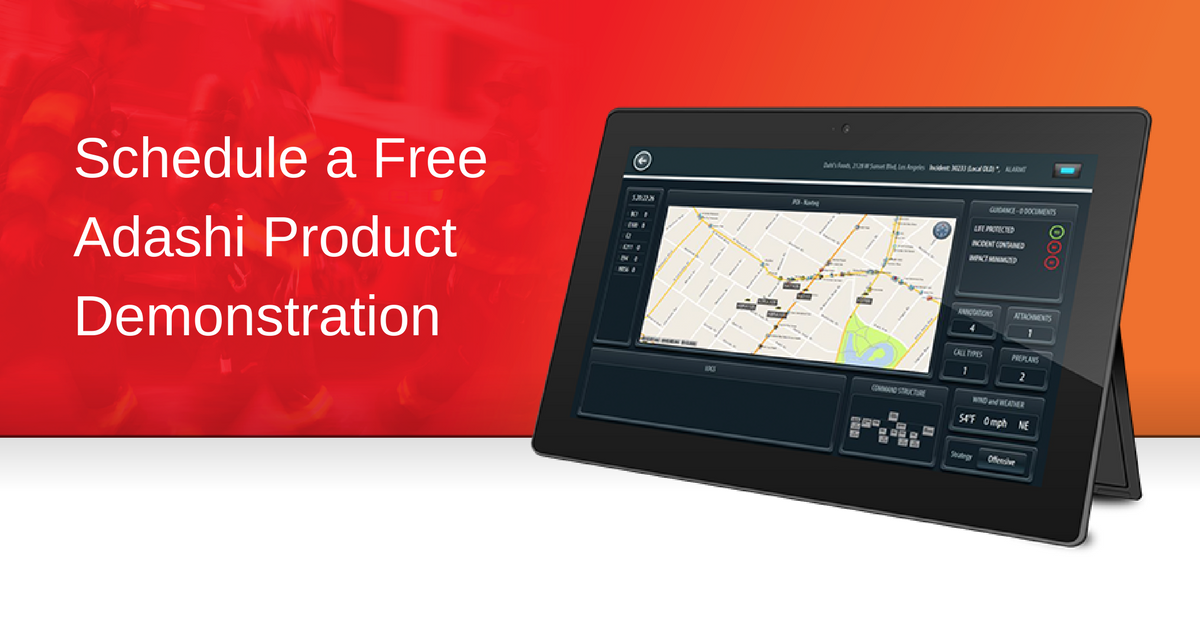
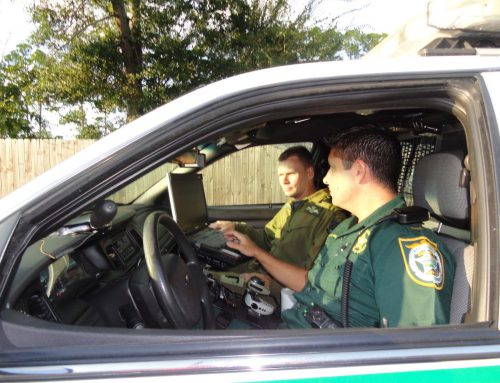


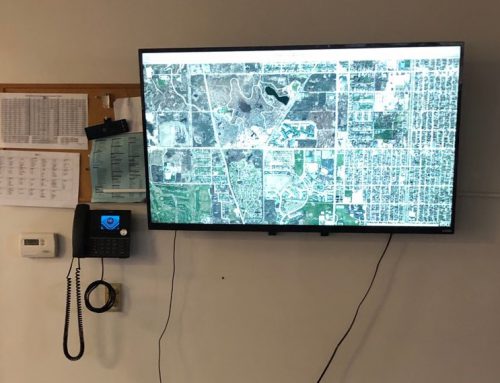
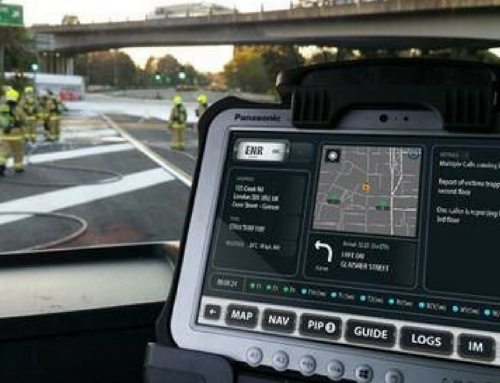
Leave A Comment
You must be logged in to post a comment.